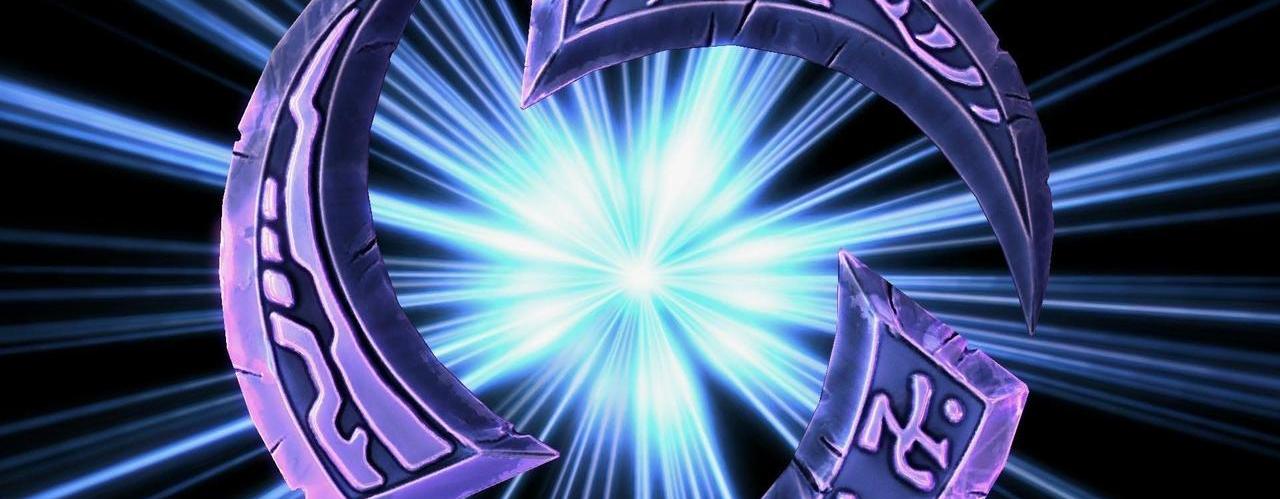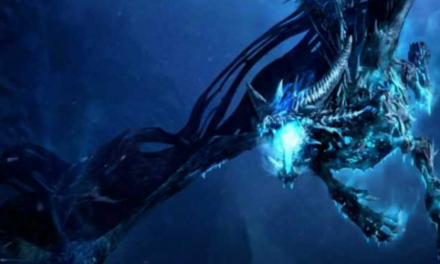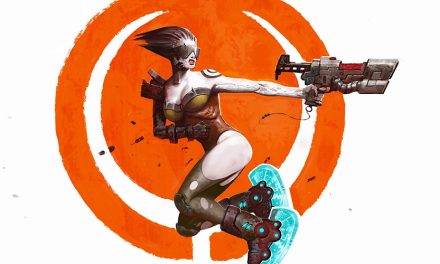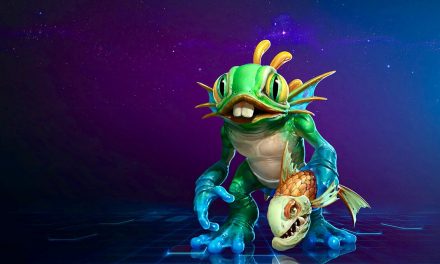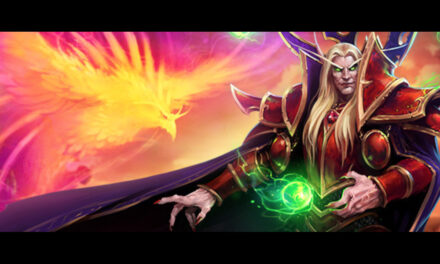The communities that have sprung up around online games have developed their own vocabulary to explain various mechanics, play modes, and strategies. While these often remain similar across a particular genre—first-person shooters share basic game elements, as do most MOBAs, MMOs, and other generic categories of games—each individual game, and sometimes even gaming group, has their own specialized language.
I can’t promise how widespread the following entries are, but anyone hoping to play Heroes of the Storm with my group are sure to run into them before long. Presented in alphabetical order and with no regard to context, enjoy!
- Back / Out — Depending on the individual speaking, these phrases either mean to withdraw from the current engagement or completely retreat to the Hall of Storms. These are two very different intentions, which means there’s endless confusion as to what the speaker means. Best of luck!
- Convection — The fire mage Kael’thas has a very specific level one talent that requires him to hit 20 players with his Flamestrike ability without dying. If completed, the quest grants him awe-inspiring damage for the rest of the match. As someone nears completing Convection they usually play much more defensively, trying to avoid starting over. Sacrificing your own life to deny the other team Convection is usually a very worthwhile trade.
- Displace — Many heroes have the ability to manipulate the battlefield, either making terrain dangerous or impossible to cross or physically moving enemies around the map. A team that is said to have a lot of “displace” is one whose heroes can easily control the tides of battle. Heroes with skills with long cast times and those that require specific range to be effective often suffer against such teams.
- Dive — The ability for a melee hero to engage an enemy from range, such as with Greymane’s Darkflight, Valeera’s Ambush, and Illidan’s Hunt. The ability to crash into the other team and start doing massive amounts of damage should not be overlooked or underexpected.
- Divorce Fort — Do not fall victim to the “divorce fort.” Or the “divorce tower,” or the “divorce keep,” or the “divorce core.” This term gets tossed around so much in our group I wrote an entire blog post about this term alone.
- Facecheck a Bush — Most maps have areas of shadow or concealment where enemy heroes, traps, and others can hide in wait for the perfect opportunity to strike. As the contents of these areas—commonly called “bushes”—are completely invisible until exposed, it is far, far safer for a hero to send a projectile into the bush in order to probe out potential enemies than walk blindly into it, discovering the truth with their face.
- Globe / Globe Tour — Killing the Minion Leader in each wave will drop a health and mana regeneration globe. These items also spawn periodically in locations specific to each map, and are key not only to a team’s survival but also for many talent quests. To go on a “globe tour” is to make a circuit around the map, attempting to collect as many of the static globes as possible, in order to rapidly complete a quest.
- Initiate — Sometimes a fight begins when two teams crash into one another in a grand melee (see some math in this post to judge whether this tactic is recommended), while others start when a lone hero is jumped on unexpectedly. “Initiate” is the ability for a team to start fights by pulling people out of position, dividing a team’s attention, or otherwise catching people off-guard.
- Master’s Touch — The support hero Medivh has an innate quest to hit forty enemy heroes with Arcane Rift without dying. Completing this quest greatly increases the spell’s damage as well as reduces its cooldown, making Medivh a potent damage-dealer. Less impactful than Convection, it is still in a team’s best interest to keep an opposing team from completing this quest.
- Muradin — In the heat of battle sometimes words don’t quite come out how they should. In our group “Muradin” can refer to: the hero of the same name; an enemy Fort structure; a band of mercenaries belonging to the opposing team; anything Steve is trying to get away from.
- Peel — Usually the purview of tanks, “Peel” is the ability for a hero to separate enemy forces from one’s own team. Closely associated with Displacement, it is important to keep close-quarters opponents away from friendly targets. Roots, stuns, and movement abilities all count as “Peel.”
- Poke — Some heroes such as Thrall, Mephisto, and others have a tremendous ability to deal damage from afar, keeping enemies on their toes and launching preemptive strikes. To “Poke” an enemy is to harass them from range. While a small amount of damage isn’t a lot in and of itself, like Depeche Mode famously crooned, “everything counts in large amounts.”
- Push / De-Push — The ability for a hero or team to effectively attack structures, or the ability for them to repel invaders. Zagara is an example of a character with long-range siege ability, while Junkrat does a fantastic job of stopping enemy advances.
- Super-Feared — Gul’dan can be a scary opponent as a ranged assassin with many powerful damage-over-time abilities. Usually there can only be one per match, but in the Brawl game mode multiple players may have the option to play the demon-powered mage. If a team has two Gul’dans and both take the Fear heroic ability, one can be come subject to both abilities at the same time, becoming “super-feared.” Note: this has no mechanical effect over being under the effects of a single Fear.
- Tap — Honestly I don’t know where this term originated, and I presume its use predates HOTS by some time. Used either as a verb or a noun, it refers to a team’s healing fountain, where heroes can refill health and mana periodically throughout the match, unless they are destroyed.
- The Bird — While most hero nicknames have at least a passing relation to their actual names, Falstad is commonly known as “the Bird” due to the comically oversized griffon he rides into combat. Honestly, that’s all there is to this one.
- Ult / Ultimate — A personal pet peeve I’ve learned to deal with, each team unlocks powerful “Heroic Abilities” upon reaching level ten. Probably taken from an earlier MOBA, the term “Ult” has taken hold over “heroic” when it comes to referencing these potent skills.
- X-Stack — Sometimes players will form a party in order to ensure they are matched with one another in a subsequent battle. To help differentiate the slightly nebulous terms of “team,” “group,” and “friends,” all of which have different meanings throughout Heroes of the Storm, we use “Stack” to refer to a collection of players who are likely specifically playing together. It can also be used to announce that a certain number of players are at a specific objective, e.g. “there’s a 2-stack at mercenaries.”
Knowing these terms won’t necessarily help you become a pro-level HOTS player—heck, look at me—but they will help reduce confusion when it comes to the fast-paced verbal cuing we do for one another when playing matches, whether casually in Brawl mode or for ranked points in a tournament.
Header image taken from promotional material for Heroes of the Storm by Blizzard Entertainment.

